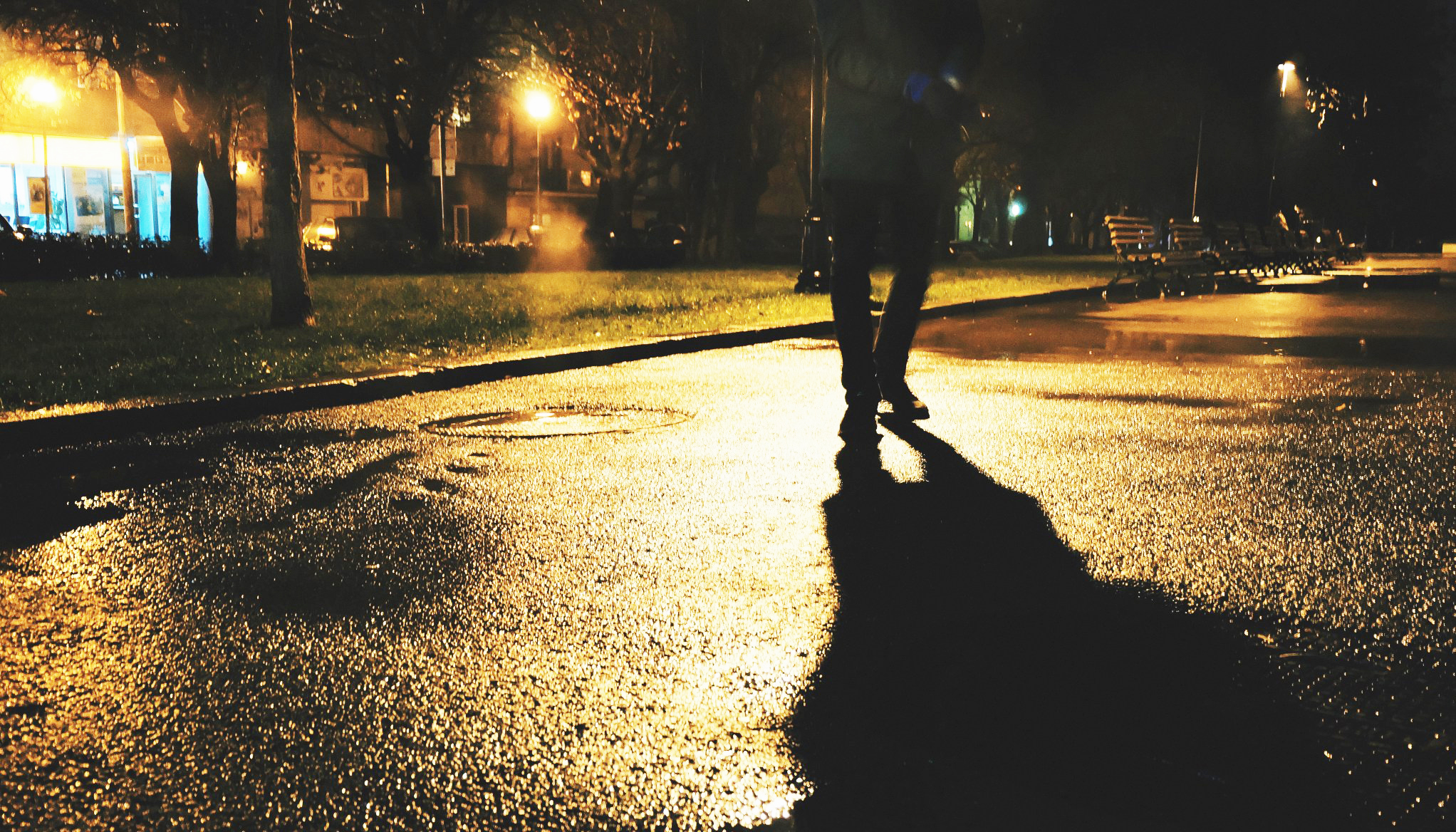
A lot of cities and transit agencies have been inspired by Houston's recent effort to overhaul its bus network with a grid of high-frequency routes. One of those cities is its neighbor to the north, Dallas.
According to Brandon Formby at the Dallas Morning News' Transportation Blog, DART is planning to redesign its bus network, with many of the same goals: transforming from a hub-and-spoke model to more of a grid, and increasing frequent service throughout the day.
He writes:
DART officials have already begun using a plethora of data and public feedback to design a proposed new bus system. They’re in the process of introducing their proposed overhaul to the public in a series of meetings about the agency’s long-term system plan. The final three of those meetings are in Dallas and Irving next week.
Under proposed changes, large swaths of the city will get more frequent weekday routes. Just as what happened in Houston, many of them will go beyond the traditional hub-and-spoke layout to form grids. Many of those are concentrated in parts of southern and eastern Dallas. There will also be more crosstown coverage in the northern part of DART’s jurisdiction.
Even more dramatic is the increase in the number of weekend routes that could have buses servicing stops every half hour or less. Like weekday routes, several of these would form a grid system. That’s again especially true in the southern part of the city.
Redesigning an entire bus network like this carries its share of political challenges, which transit consultant Jarrett Walker, who worked on the Houston project, laid out in a post summarizing the process. That process took about three years. Then once Houston was ready to do it, METRO switched to its new routes and schedules literally overnight.
Dallas, however, is taking a "more cautious" approach, according to Rob Smith of DART's planning and scheduling division. It will take the agency an entire decade to complete the network overhaul, Formby reports:
Smith said DART’s longer rollout period is largely due to significant operational differences in the two agencies. Slightly more than half of DART’s passenger trips happen on buses. That compares to more than four-fifths in the Houston area.
METRO has 1,217 buses serving 8,970 stops over 1,303 square miles. DART has 652 buses serving 11,973 stops over 700 square miles.
“We are spread much more thinly,” Smith said.
Those bus figures are essentially the physical and geographic manifestation of how each agency balances two goals. Every bus route is typically aimed at either providing high-frequency service to dense areas or giving much less dense areas with low demand at least some coverage.
Before its overhaul, the METRO board decided to go from splitting resources evenly between the two goals to putting 80 percent behind high frequency routes.
Right now, DART leans more toward making sure more areas have at least some coverage. Changing that will require its board to make a key policy shift.
Elsewhere on the Network today: Architect this City tries to identify the key ingredients for a successful pedestrianized street. A Bike Portland commenter wonders what would happen if the gas tax was increased by 1 cent for every pedestrian and cyclist killed in traffic. And Transit Center weighs in on what makes a transit agency's open data policy meaningful for transit riders.





